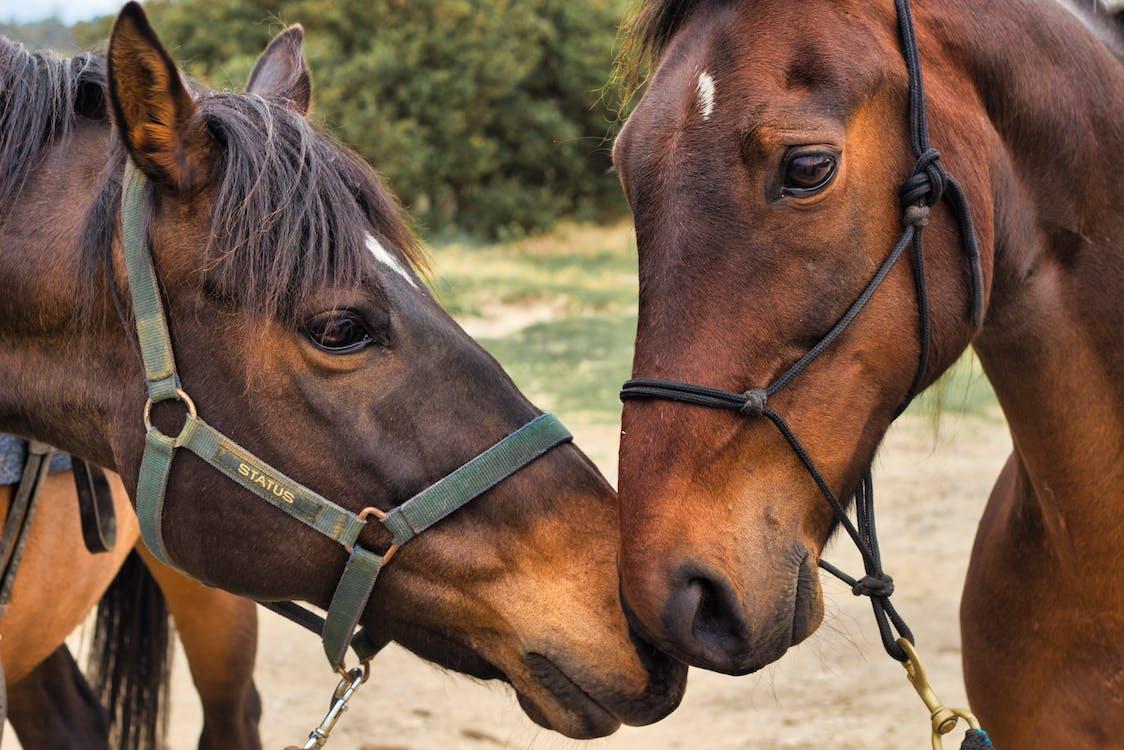
As we venture deeper into the equine muscular system, we shift our focus to its dynamic function in movement and exercise. Additionally, we'll explore strategies for building and maintaining optimal muscle health, crucial for the well-being and performance of our equine companions.
Function in Movement and Exercise: The Symphony of Equine Motion
Understanding how the equine muscular system functions in movement and exercise is key to unlocking the full potential of your horse's athleticism.
1. Dynamic Roles in Movement:
Flexion and Extension:
Muscles play a pivotal role in the flexion and extension of joints, allowing for a full range of motion. This is particularly crucial in activities like dressage, where precision and fluid movement are paramount.
Lateral Flexion:
Muscles along the neck and spine contribute to lateral flexion, allowing the horse to bend its body laterally. This movement is essential for balance, suppleness, and responsiveness to rider cues.
Propulsion:
The hindquarters, powered by strong gluteal and hamstring muscles, generate the propulsion needed for activities such as jumping and galloping. These muscles are the driving force behind the horse's forward movement.
2. Exercise and Muscle Engagement:
Targeted Exercises:
Tailoring exercise routines to engage specific muscle groups is essential for balanced development. Incorporating activities that promote flexibility, strength, and endurance contributes to overall muscular health.
Warm-Up and Cool Down:
Proper warm-up and cool-down routines are critical in preventing muscle strain and injury. Gradual mobilization and stretching prepare the muscles for exertion, while cooling down aids in relaxation and recovery.
Variety in Training:
Introducing variety in training, such as incorporating hill work, pole exercises, and lateral movements, challenges different muscle groups. This approach prevents monotony and promotes holistic muscular development.
Building and Maintaining Muscle Health: Strategies for Equine Athletes
Ensuring the longevity and resilience of your horse's muscles involves a combination of thoughtful care and strategic practices.
1. Nutritional Support:
Protein-Rich Diet:
Adequate protein intake is essential for muscle development and repair. Ensuring your horse receives a balanced diet with sufficient amino acids supports overall muscular health.
Supplementation:
In consultation with a veterinarian, consider appropriate supplements that support muscle function, such as amino acids, omega-3 fatty acids, and antioxidants.
2. Regular Veterinary Check-ups:
Muscular Health Assessments:
Routine veterinary examinations should include assessments of muscular health. This involves evaluating muscle tone, symmetry, and responsiveness to palpation, providing insights into potential issues or areas for improvement.
3. Massage and Physical Therapy:
Muscle Relaxation and Flexibility:
Massage and physical narm therapist near me techniques can help alleviate muscle tension, enhance flexibility, and promote circulation. These practices contribute to overall muscular well-being.
4. Adequate Rest and Recovery:
Importance of Rest:
Adequate rest periods between intense workouts allow muscles to recover and repair. Overtraining can lead to fatigue, soreness, and increased risk of injury.
Conclusion: The Road to Optimal Muscle Health
Understanding the intricate role of muscles in equine movement, coupled with strategic care and a holistic approach to exercise, is fundamental to fostering optimal muscle health. In the upcoming sections, we will further explore specialized aspects of equine muscular anatomy and performance enhancement. Stay tuned for insights that will empower you to support your equine athlete on their journey to peak condition.*
